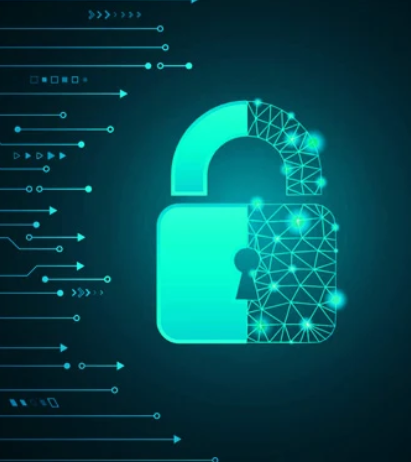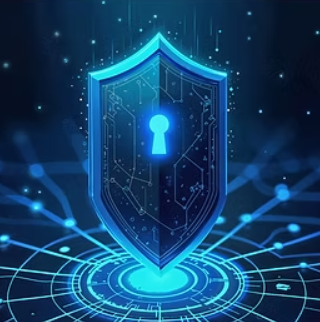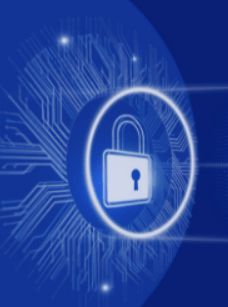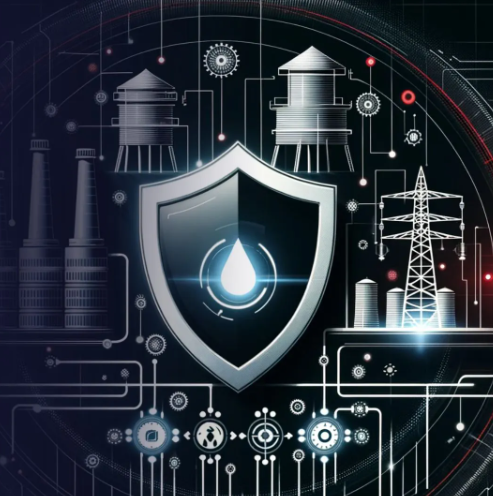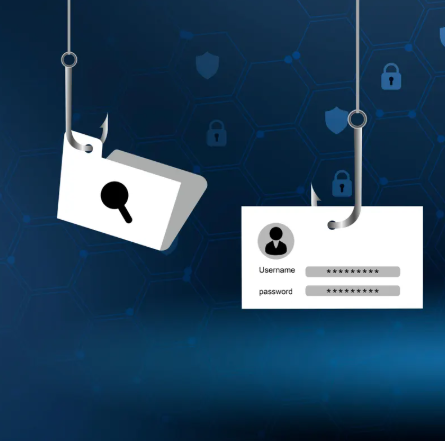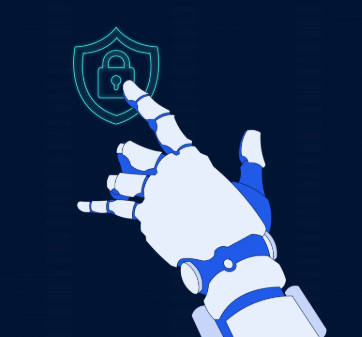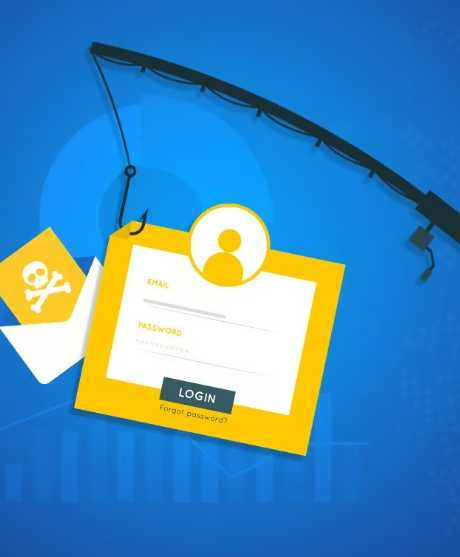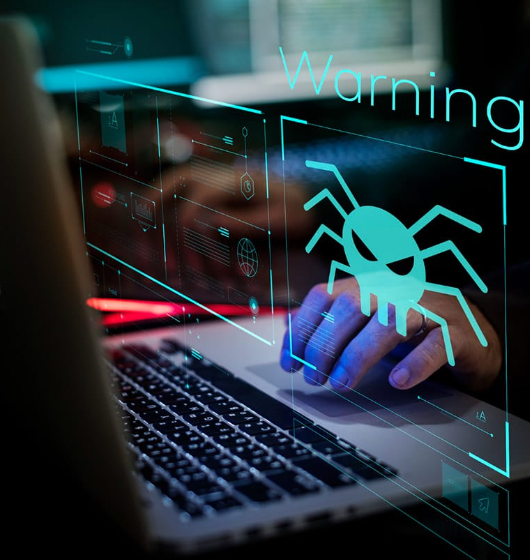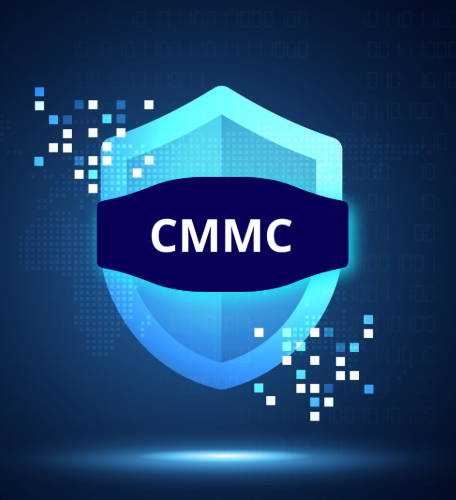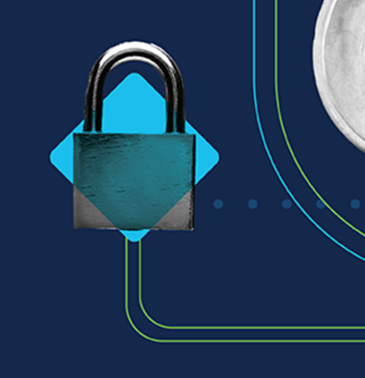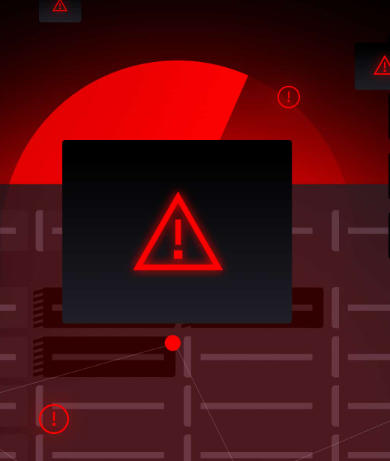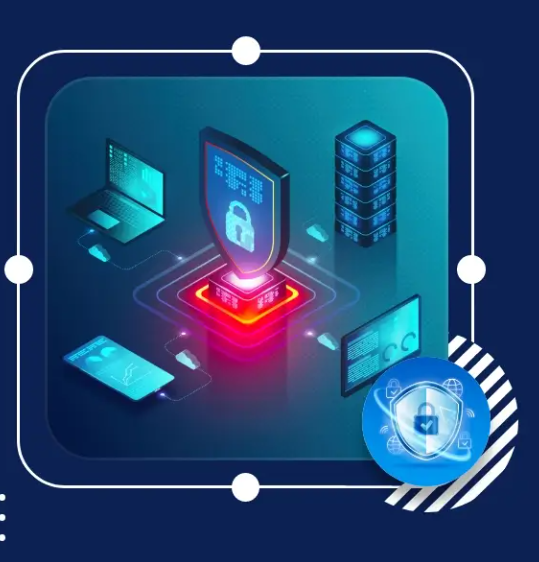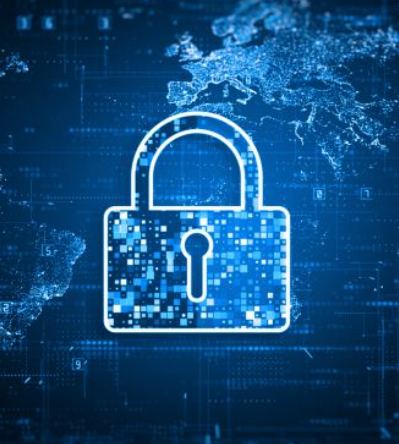
Public utilities such as electricity, water, and gas are vital services that are increasingly becoming targets for cyberattacks. As these infrastructures continue to integrate more digital systems, traditional security measures alone are no longer sufficient. An Automated Security Operations Center (SOC) for utilities offers real-time threat detection, rapid response, and ongoing monitoring, ensuring both operational resilience and enhanced cybersecurity efficiency.
Why Utilities Require an Automated SOC
Utilities manage complex networks that combine both Operational Technology (OT) and Information Technology (IT) systems. These systems are vulnerable to various cyber threats, including ransomware, insider attacks, and state-sponsored intrusions. Manual security measures can often be too slow and inefficient. An automated SOC addresses these challenges by utilizing AI-driven analytics, automated response capabilities, and seamless integration with existing infrastructure to provide a more effective defense.
Did You Know?
Utilities with an automated SOC can reduce incident response times by as much as 80%, helping to minimize disruptions and financial losses significantly.
Key Features of an Automated SOC for Utilities
1. Continuous Threat Detection
Automated SOCs monitor utility networks in real-time, identifying potential threats and anomalies before they can cause damage or escalate.
2. AI-Driven Incident Management
With AI-powered systems, threats are assessed and responded to immediately, automating processes to contain and neutralize cyberattacks effectively.
3. Integration of OT and IT Systems
An automated SOC integrates security measures across both IT and OT environments, offering comprehensive protection that traditional systems may not provide.
4. Advanced Threat Intelligence
These systems leverage global threat intelligence to predict and prevent emerging cyber risks, adapting their defense strategies proactively.
5. Automated Compliance and Reporting
Meeting regulatory standards is a major concern for utilities. Automated SOCs simplify compliance by generating audit-ready reports that align with frameworks like NERC CIP and NIST.
Benefits of an Automated SOC for Utilities
1. Quicker Threat Resolution
AI-based detection systems and automated workflows help neutralize threats before they disrupt essential services, reducing downtime.
2. Lower Operational Costs
By automating security processes, utilities can reduce their reliance on large security teams, cutting down on operational expenses while maintaining strong security practices.
3. Greater Visibility
An automated SOC provides a unified security dashboard that delivers real-time insights into network activity, allowing for quicker identification of risks.
4. Minimized Human Error
Automation eliminates the risks of manual oversight, ensuring that security measures are consistently applied across all systems.
5. Scalable Security Solutions
As utility infrastructures grow and evolve, an automated SOC can scale to meet new security demands and address emerging threats.
Implementing an Automated SOC for Utilities
For utilities looking to adopt an automated SOC, the following steps should be taken:
- Assess Security Needs: Identify vulnerabilities and determine where automation can enhance threat detection and response.
- Select an Advanced SOC Platform: Choose a platform that integrates AI-driven analytics, real-time monitoring, and compliance automation.
- Ensure OT-IT Security Integration: Develop a unified strategy that secures both OT and IT systems across the organization.
- Automate Compliance Reporting: Use the automated SOC to streamline regulatory reporting and reduce the time spent preparing for audits.
- Collaborate with Cybersecurity Experts: Work with specialists like BitLyft AIR® to ensure smooth and effective SOC implementation.
Adopting an automated SOC allows utilities to significantly enhance their cybersecurity capabilities, ensuring the safety of critical infrastructure and reducing operational disruptions caused by cyber threats.


